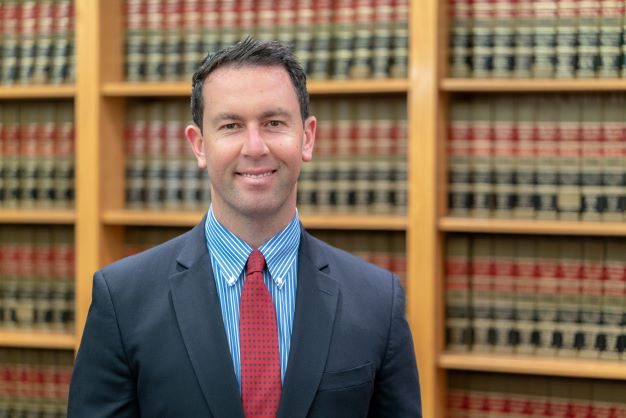Federal Laws Hinder Cannabis Research
6.1.2018
Dr. Laszlo L. Mechtler is medical director of Dent Neurologic Institute in Western New York, the largest private neurologic institute in the country.
When New York legalized medical marijuana in 2014, Dent Neurologic, which formed the Dent Cannabis Clinic, began receiving 400 to 500 calls per day from patients interested in medical marijuana to treat debilitating conditions including cancer, HIV/AIDS and multiple sclerosis.
Since then, Mechtler said the clinic has treated roughly 4,500 patients and has a waiting list due to the huge demand. To meet that demand, Dent has 30 providers who are certified to recommend marijuana to patients.
As a result of the “tsunami of patients reaching out,” Mechtler took on a leadership role in the fight to legitimize medical marijuana. At the crux of that crusade is the need for better research, including right here in New York, a cause that Mechtler has continued to lobby state lawmakers about.
“The academic community today has a difficult time accepting medical marijuana as a viable form of treatment due to the lack of blinded research studies in the United States,” said Mechtler, who is also the chief of neuro-oncology at Roswell Park Cancer Institute. “That’s why it’s been so difficult for medical societies to properly vet medical marijuana without the proper research.”
With the lack of research and a limited patient population for doctors to draw upon, Mechtler is left studying the results he sees in his own patients.
“We receive funding for doing retrospective research on all of our patients,” said Mechtler. “Patients fill out an iPad worth of questions in regards to efficacy, side effect profile, and the use of other meds.”
At the heart of what’s stalling researchers in the U.S. is marijuana’s classification as a Schedule I drug, the toughest of all drug classifications under the U.S. Controlled Substances Act. Schedule I drugs have no accepted medical use and are considered highly addictive. This alone has limited the availability of research, Mechtler explained. Mechtler is hopeful lawmakers will downgrade marijuana to Schedule II or III, which are considered to have less potential for abuse.
Mechtler said it is difficult for him and his colleagues in the medical profession to obtain a license for a long-term clinical study of a Schedule I drug.
“We continue to try. I know colleagues for who it took seven, eight years to get,” said Mechtler. “It’s a shame.”
As is also the case with Schedule I drugs, when studied it was typically to look at side effects, not for any potential beneficial effects for medical purposes.
“We are in the midst of an opioid epidemic,” said Mechtler. “Medical marijuana is something that should be embraced. We lose over 100 people a day on opioid overdoses and medical marijuana has been shown in studies to decrease the need for opioids in that population.”
According to Mechtler, if you are fortunate enough to receive permission from the federal government to conduct research on marijuana for medical purposes, there are still problems that negatively impact the results.
For instance, there is only one marijuana grower contracted with the federal government allowed to provide marijuana for federally funded research. This marijuana comes from Mississippi and researchers and advocates alike have questioned its quality and potency. This substance differs from much of the marijuana often found at dispensaries that patients actually use.
“They crush everything. It doesn’t even smell like marijuana,” said Mechtler.
“That’s another form of legislation that has to be done,” continued Mechtler. “If the research is done in New York, let’s use New York State growers and not use federal growers who have a poor reputation among researchers.”
Mechtler also said that without the right research, insurance companies will never cover medical marijuana for the treatment of chronic conditions. He said 30 percent of patients in New York State who could use medical marijuana to treat their condition cannot afford it anyway.






